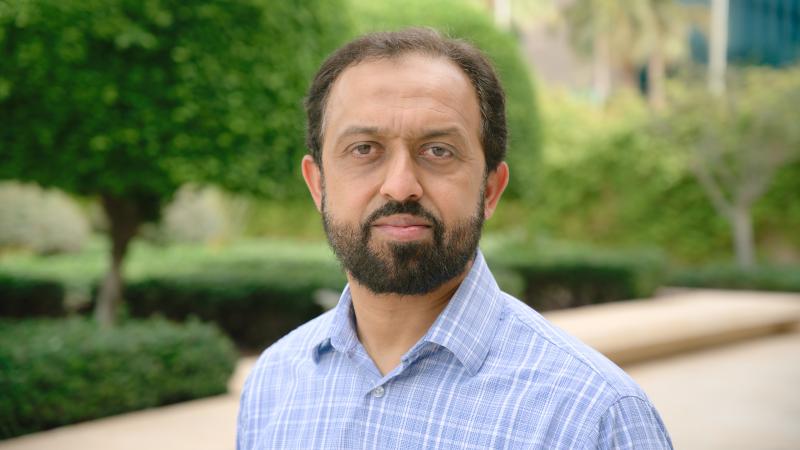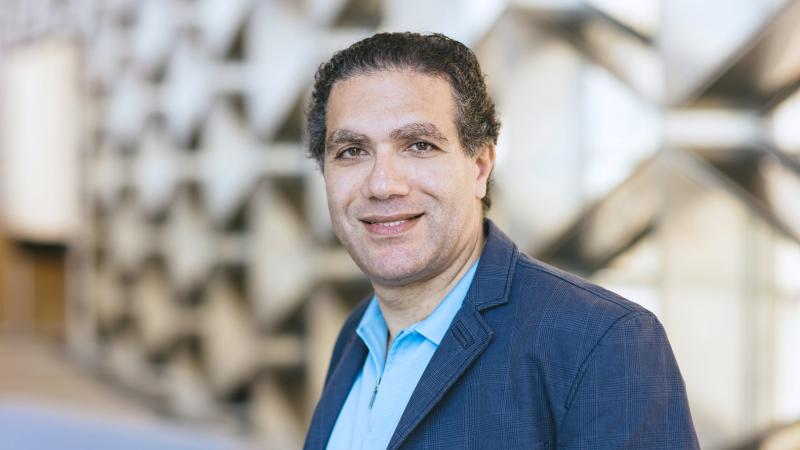© 2019 KAUST
The ability to track minuscule but important changes across a range of systems—from the body to the borough and beyond—seems limitless with the emerging array of novel devices that are tiny, self-powering and wirelessly connected. KAUST’s Sensor Initiative comprises a broad range of experts, from marine scientists to electrical engineers, who are innovating solutions to some of the most challenging obstacles in sensor technology. Together, they are powering up to transform the exciting intersection between small interconnected devices and the world around us.
Capacity to monitor our surroundings also reveals new potential in environmental and community protection. For example, a sensor that can detect a flood or a fire can save lives; a sensor that can track animals could help to better manage an ecosystem; and a sensor that can read plant condition could promote sustainable farming.
To take advantage of the market opportunities for sensors in both medical and environmental fields, KAUST holds an annual meeting of biologists, engineers and chemists to discuss technology development. Since 2015, these meetings have produced ambitious collaborations that aim to improve the science that underpins next-gen sensors as well as to take them to the market.
Get ready to plug and play
Khaled Salama, professor of electrical engineering and director of the Sensor Initiative, explains that what sets KAUST apart are the University’s human resources and outstanding lab facilities that underpin its innovative sensor technologies. With the onslaught of data coming from the hundreds of billions of sensors in our cities, cars, homes and offices, we need machine learning to help us understand the data, the supercomputing power to manage it and the expertise to make sure the machines do it all effectively.
“KAUST has strength in materials research, which is where our expertise can be used for developing sensors with transducer components that can be quickly swapped out and replaced with ones customized for different biological or environmental applications,” says Salama.
“Some can stick to your skin and monitor your vital signs through changes in your sweat while others can be placed in petroleum installations to monitor hazardous gases,” says Salama. “We’re not bound to one specific application, and each new development gives us a chance to answer some fundamental scientific questions along the way.”
Read the full article

